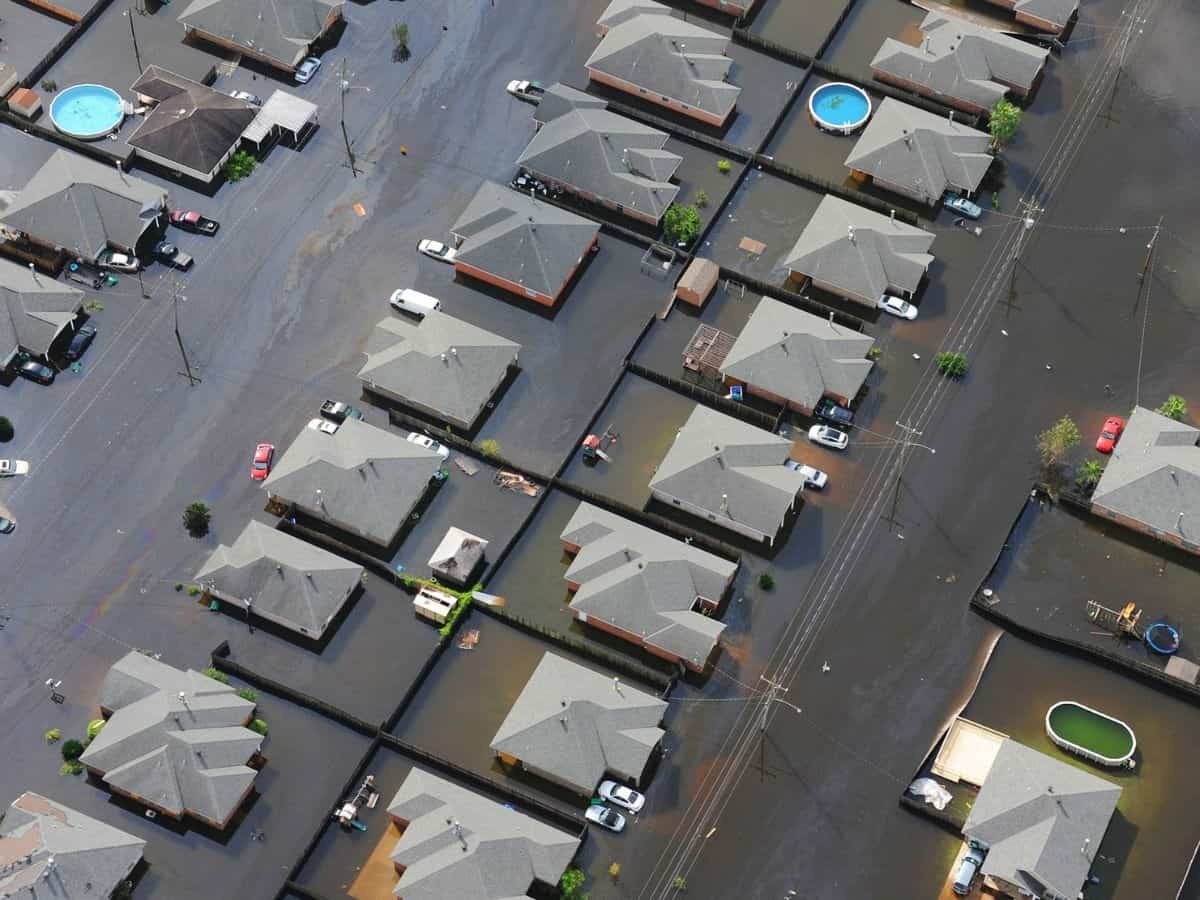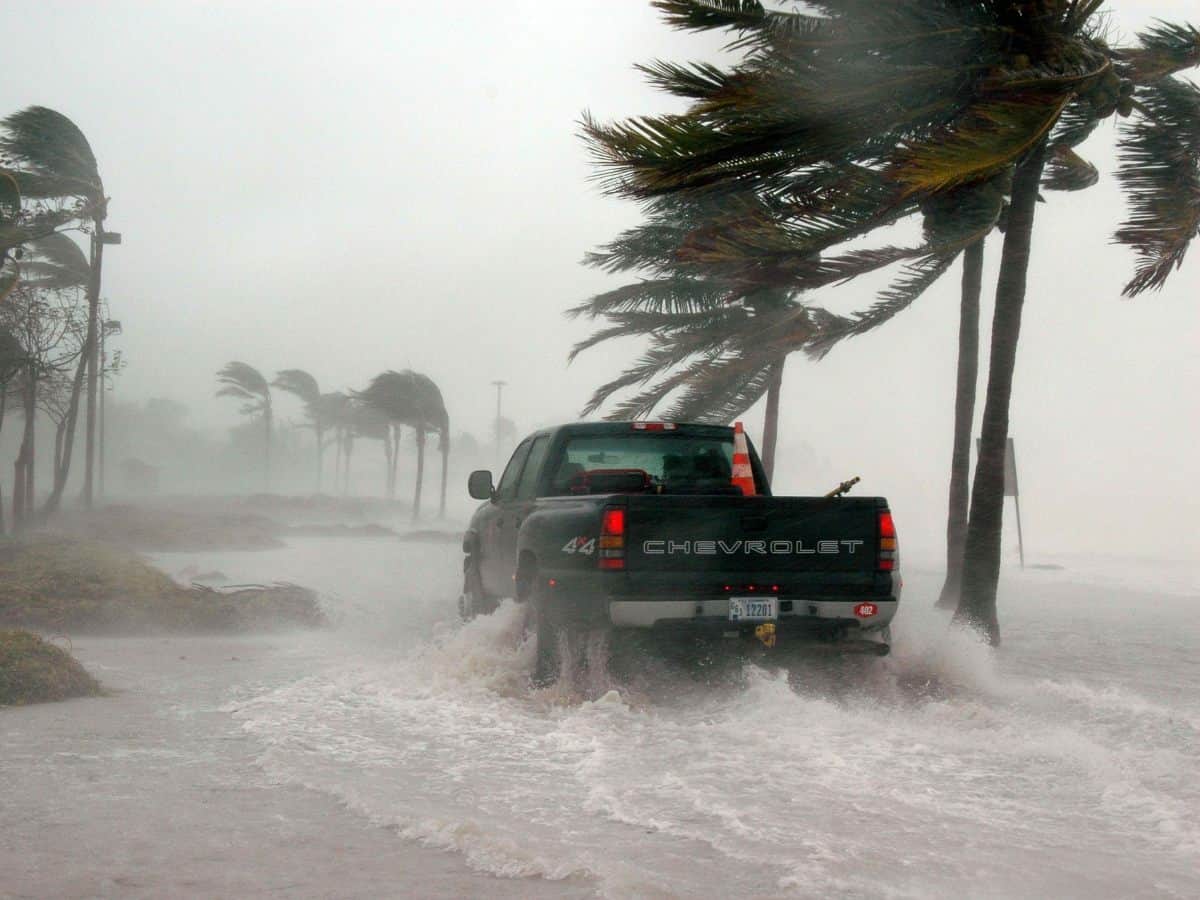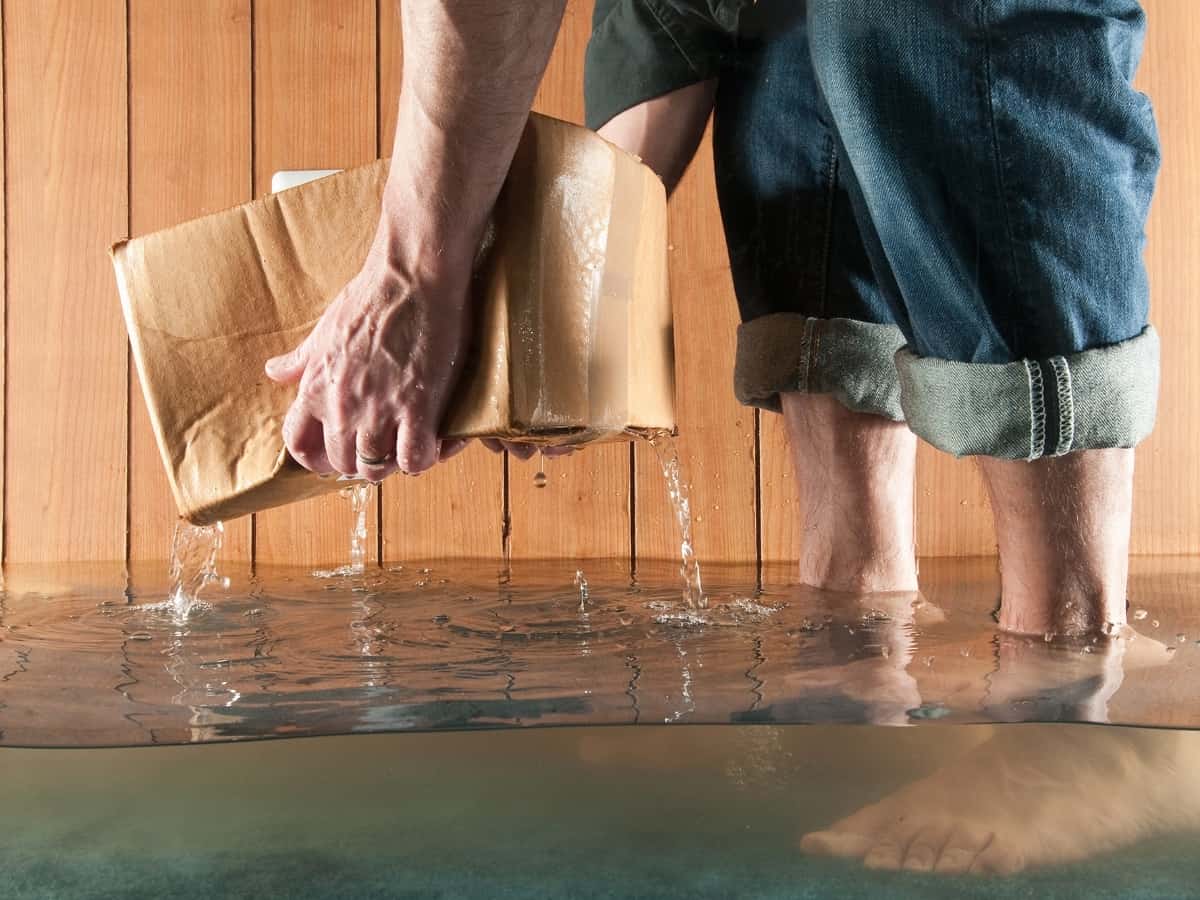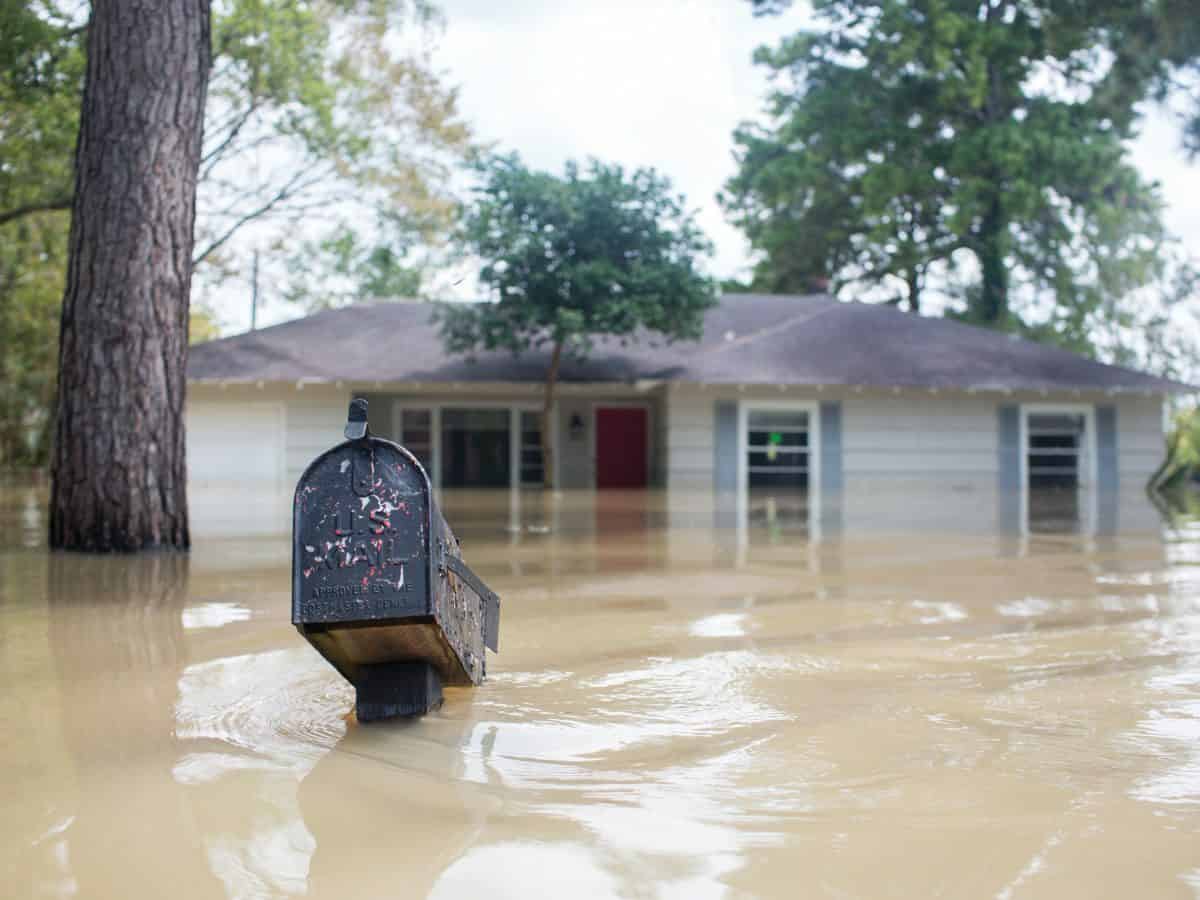When it comes to having homeowners insurance, you might find that one counterpart is missing: flooding. Flooding is not listed on your homeowners insurance, and instead you have to file a separate policy for flood insurance. Why is that? Simple answer, flood insurance is subjective, and not every home needs it.
Flood Facts
Hurricane season falls between June and late November, but you need to make sure that you are currently covered in the event that your home may be flooded for next year. Here are some fast facts for you if you live in a high-risk flood area:
- Floods are the #1 natural disaster in the United States, according to the Federal Emergency Management Agency (FEMA).
- There is a 26% chance of experiencing a flood during the life of a 30-year mortgage, compared to a four percent chance of fire.
- 25-30% of all flood losses occur in low- to moderate-risk zones.

Deep Dive: Why Flood Insurance Isn’t Covered In Your Homeowners Insurance Policy
One reason that flood insurance isn’t on homeowners insurance policies is because flooding is considered to be a gradual event, not sudden or accidental. Here are a few examples of gradual water damage:
- The water touches the ground before entering your home
- Water that seeps through a home’s foundation
- Mold, rot or corrosion
- Slow plumbing leaks that cause damage over time
- Leaks stemming from negligence (bad roof, plumbing, windows).
This is also partly due to the fact that not every homeowner needs coverage. However, people living in high-risk flood zones need flood insurance. Those who don’t live in those areas are still strongly urged to consider purchasing a plan.
What Is a High-Risk Flood Zone?
No matter where you live, your home is classified as either low-risk, moderate-risk or high-risk. If you’re looking to find out what your home is classified as, FEMA and Flood Smart have a service center to see your property’s flood risk. Generally if you live in a moderate-risk to high-risk area, your mortgage lender will require flood insurance as part of your loan agreement.

Flood Damage
Homeowner’s policies do not cover flood damage if your home is filled with water as a result of external rising bodies of water from heavy rains, hurricanes, lakes, rivers, streams, etc.
To fill this coverage gap, you would need to purchase a flood policy through one of the following options:
- A National Flood Insurance Program (NFIP), a government program managed by the Federal Emergency Management Agency (FEMA). Their website provides further information.
- A Private flood policy through a standard insurance company (non-government program)
- Add flood coverage to your homeowner’s policy via an endorsement (this option may or may not be available, depending on the insurer and/or product)
Flood insurance covers losses directly caused by flooding. In simple terms, a flood is an excess of water on land that is normally dry, affecting two or more acres of land or two or more properties.
Damage caused by a sewer backup is covered under a flood policy if the backup is a direct result of flooding. If the sewer backup is not caused directly by flooding, the damage is not covered. You would need to make sure your homeowner’s policy includes “Water backup” coverage for sewer backup damage that is NOT a direct result of flooding.
Why Are Homes Built On Flood Plains?
FEMA has a 100 year flood plain. This outlines the land in America listed to be more susceptible to flooding. This form of statistical data outlines the chance of a flood happening once every 100 years, or having a 1% chance annually.
However, there are homes that are built in areas that are very susceptible to storm damage, such as coastal towns. Houston, Texas is a prime example of what happens when people build on flood plains. Building there is cheap, so many people are attracted to living in an area due to the cost. However, as evidenced by Hurricane Harvey in 2017, Houston was destroyed and more than 134,000 families lost their homes.
Storms are disastrous events, but floods can be a man made disaster. The Federal Flood insurance made it too cheap to build, prompting more to live there instead of letting water rise on vacant lands and not affect homes. Instead, homes are in harms way, costing billions of dollars in damages.




